
So let's take a look back at the practical, easy-to-create, glamorous turban...

- The 1920s - Ahhh the 20s. Shorter hems, shorter hair, fabulous turbans. If you have a bumper crop of satin, feathers, and costume jewelry, the 1920s turban is made for you!
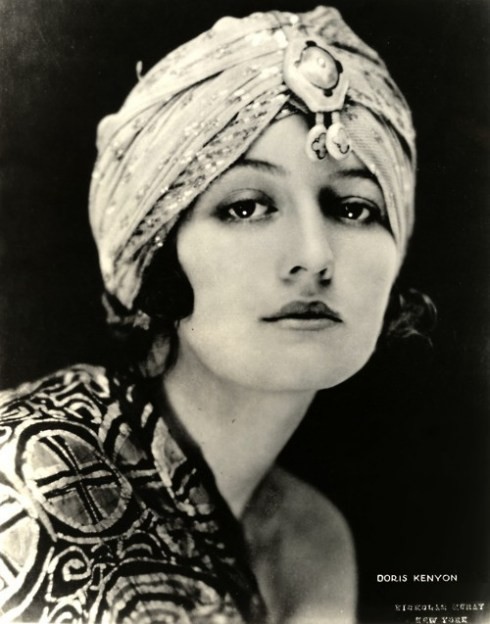
- The 1930s - the turban style continued to grow in popularity and started to evolve into a more casual, everyday look, as opposed to the glamorous turbans of the 1920s. The 1930s began what is thought of as the heydays of turbans!



- The 1940s - In the 40s, with the start of WWII, many women had double roles: housewife and factory worker. Because of this split lifestyle, and a lack of shampoo and conditioner during the war, turbans became an easy way to hide dirty hair, keep hair out of your face (and out of machines), and add a bit of glamour to a difficult time.
Wartime: During the war, turbans were an essential part of the working girl's wardrobe. Because of their practicality, factories required women to wear some type of headscarf in order to insure workplace safety. When you're doing welding work on airplanes, you don't want to worry about singeing your hair.
Housewives also used turbans to keep their hair out of their work, and many times, to hide curlers or oily hair.
Housewives also used turbans to keep their hair out of their work, and many times, to hide curlers or oily hair.

Veronica Lake demonstrates the dangers of working with uncovered hair.
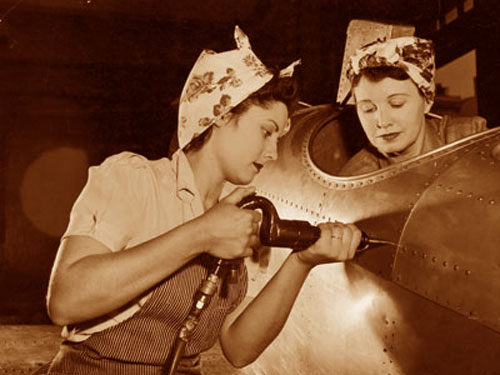



Post-War - with the end of the war and the slow decline of rationing, fashion took on a new meaning. It became lighter, brighter, and took on a celebratory energy. That is, of course, for some people. Most were still dealing with the repercussions of war and did not have the time nor the funds to spend on the latest fashions. But for the sake of continuing on the subject of this post, I'll show you some of the most popular, thought not necessarily the most used fashions.



And of course, the queen of turbans....


The 1950s - The 50s brought about a change in the turban style. Bigger, brighter, and more fabulous than ever!
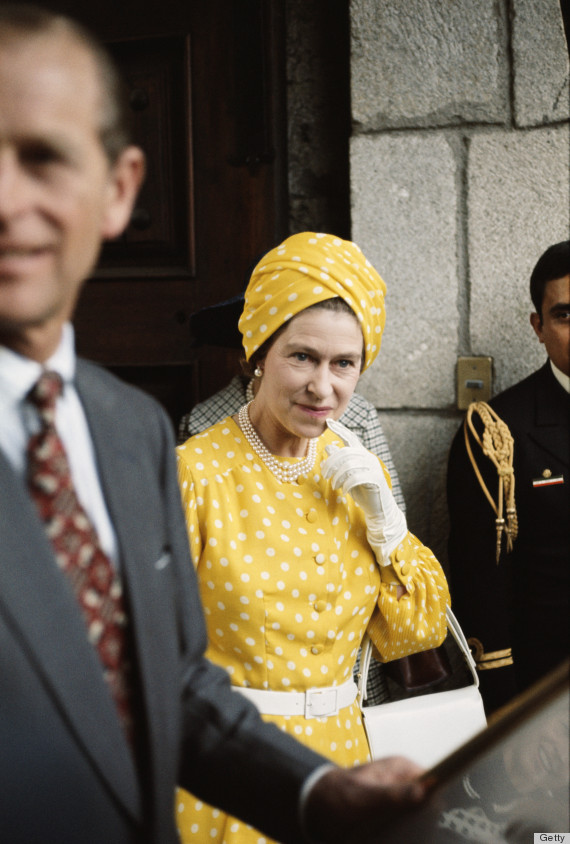
{The queen sporting an adorable polka dotted turban}

The 1960s - the 60s brought a change in all aspects of fashion, including head wear. Turbans went back to their satin and gem days and even Elizabeth Taylor got in on the action!




Several years ago I went through a turban phase of my own...(keep in mind that this was before I learned how to properly pluck eyebrows or apply mascara)
(and before I learned how to adjust the white balance on my camera...)
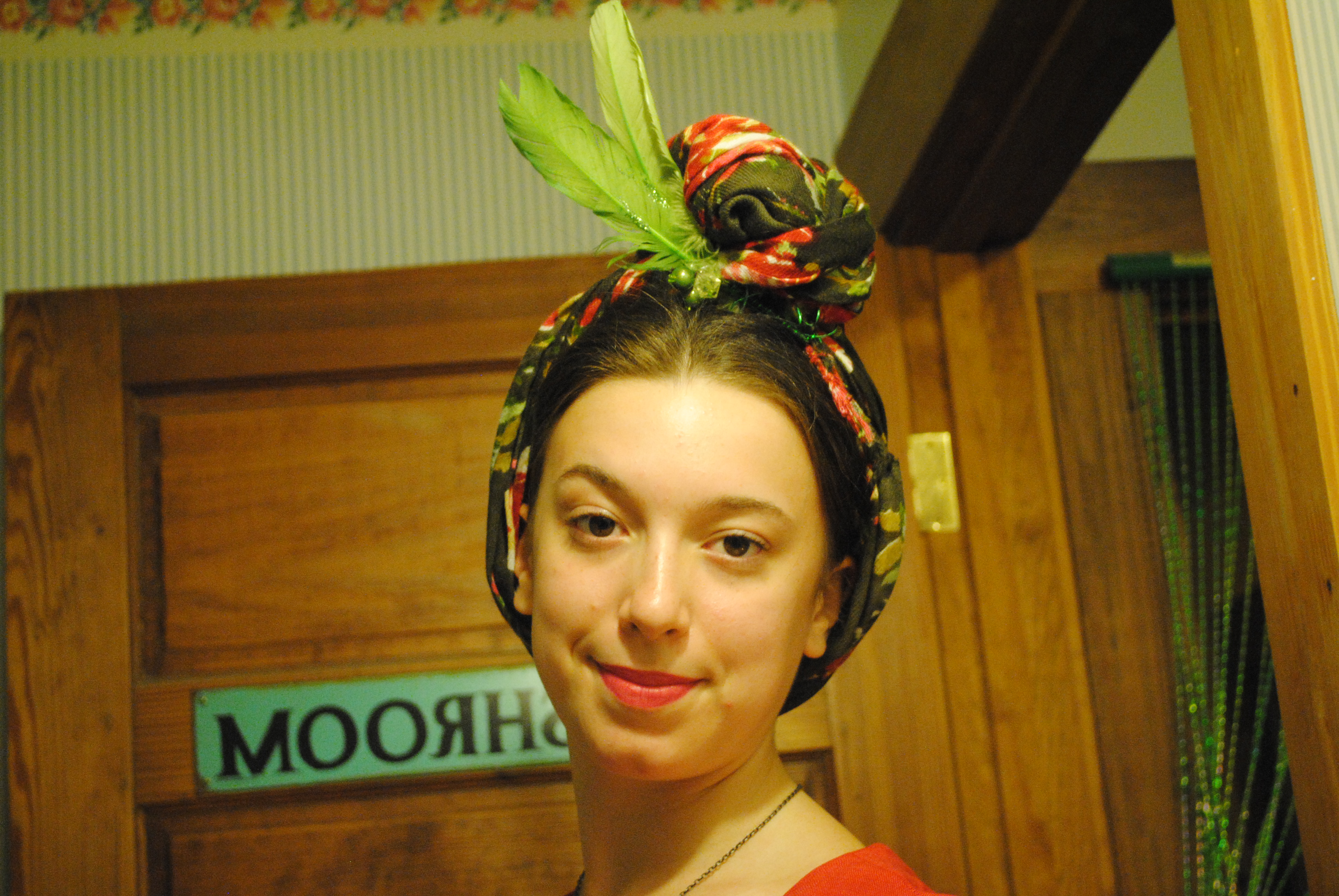


If you're wanting to add some vintage to your wardrobe but want to take it in small steps, I highly recommend trying out a turban. They're easy to find, easy to DIY, and incredibly easy to style. So remember, the next time you have a horrible hair day or a bout of laziness or just want to spice up your look, don't overlook a turban.

(and before I learned how to adjust the white balance on my camera...)



If you're wanting to add some vintage to your wardrobe but want to take it in small steps, I highly recommend trying out a turban. They're easy to find, easy to DIY, and incredibly easy to style. So remember, the next time you have a horrible hair day or a bout of laziness or just want to spice up your look, don't overlook a turban.


Happy Tuesday!
xoxo,
Eliza
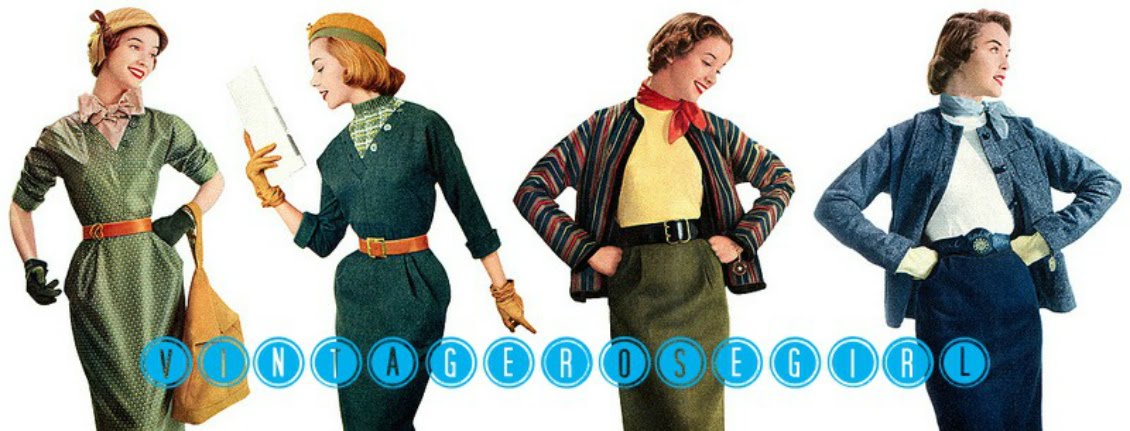





Wonderful post. I really enjoyed the read.
ReplyDeleteI never thought about the turban wrap until I read your post. Thanks for sharing it with us.
ReplyDeleteThank you so much, Charlotte and Velva! What with the crazy rain we've been having, I think turbans might be my new wardrobe staple.
ReplyDelete